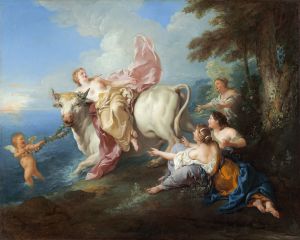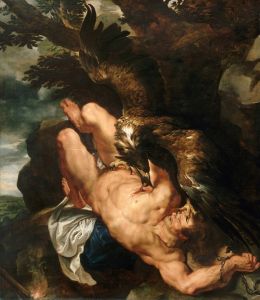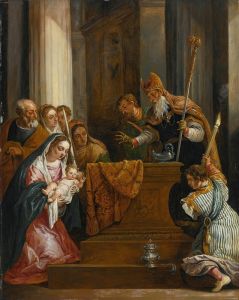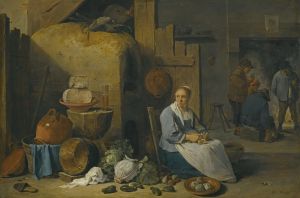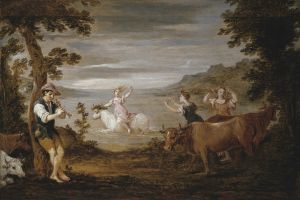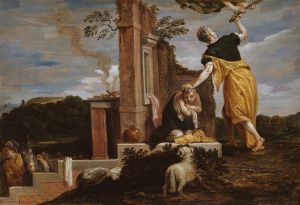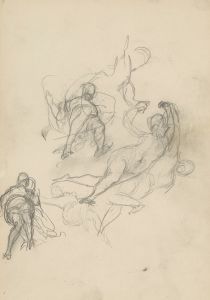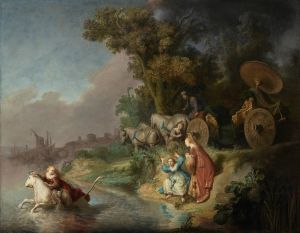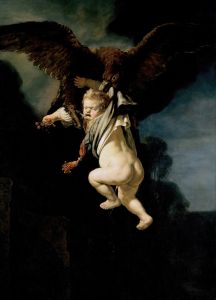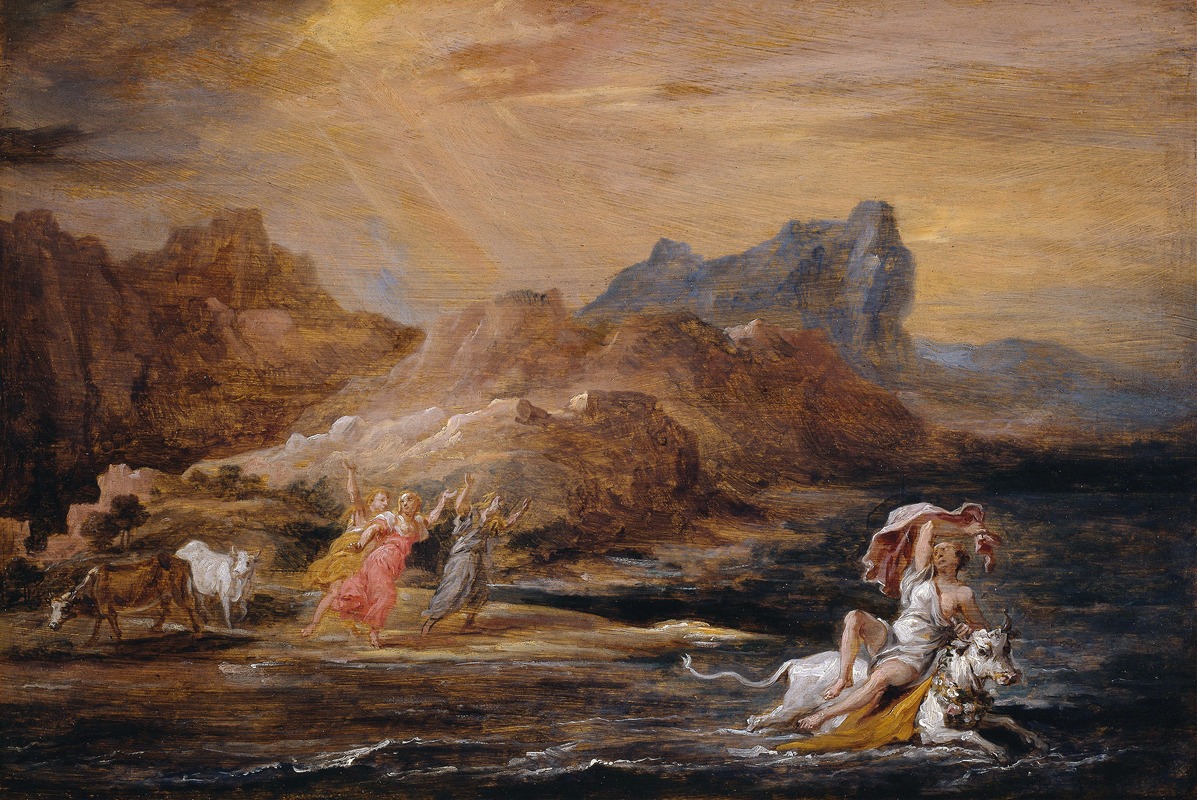
The Rape of Europa
A hand-painted replica of David Teniers The Younger’s masterpiece The Rape of Europa, meticulously crafted by professional artists to capture the true essence of the original. Each piece is created with museum-quality canvas and rare mineral pigments, carefully painted by experienced artists with delicate brushstrokes and rich, layered colors to perfectly recreate the texture of the original artwork. Unlike machine-printed reproductions, this hand-painted version brings the painting to life, infused with the artist’s emotions and skill in every stroke. Whether for personal collection or home decoration, it instantly elevates the artistic atmosphere of any space.
"The Rape of Europa" is a painting by David Teniers the Younger, a prominent Flemish Baroque artist known for his genre scenes, landscapes, and depictions of historical and mythological subjects. Born in Antwerp in 1610, Teniers was the son of David Teniers the Elder, also a painter. He became a master in the Antwerp Guild of Saint Luke in 1632-33 and later served as the court painter to Archduke Leopold Wilhelm of Austria.
The painting "The Rape of Europa" illustrates a well-known mythological story from Ovid's "Metamorphoses." According to the myth, Europa was a Phoenician princess who caught the eye of Zeus, the king of the gods. Zeus transformed himself into a tame white bull to approach her. When Europa climbed onto the bull's back, Zeus swam across the sea to the island of Crete, where he revealed his true identity and seduced her. Europa later became the queen of Crete and bore Zeus several children, including Minos, who would become the legendary king of Crete.
Teniers' depiction of this mythological event is characteristic of his style, which often combined detailed landscapes with lively figures. In "The Rape of Europa," Teniers captures the moment when Europa is being carried away by the bull. The composition typically includes a lush, detailed landscape that showcases Teniers' skill in rendering natural settings. The figures are often depicted with a sense of movement and emotion, reflecting the dramatic nature of the myth.
David Teniers the Younger was known for his ability to blend elements of everyday life with historical and mythological themes, making his works accessible and engaging to a wide audience. His paintings often featured a high level of detail and a vibrant use of color, which helped to bring his scenes to life.
"The Rape of Europa" by Teniers is an example of how Baroque artists were inspired by classical mythology and sought to bring these ancient stories to life through their art. The painting not only reflects Teniers' technical skill but also his ability to convey complex narratives in a visually compelling manner.
Throughout his career, Teniers produced numerous works that were highly regarded by his contemporaries and continue to be appreciated by art historians and collectors today. His contributions to the Baroque movement and his influence on subsequent generations of artists have secured his place as a significant figure in the history of European art.





